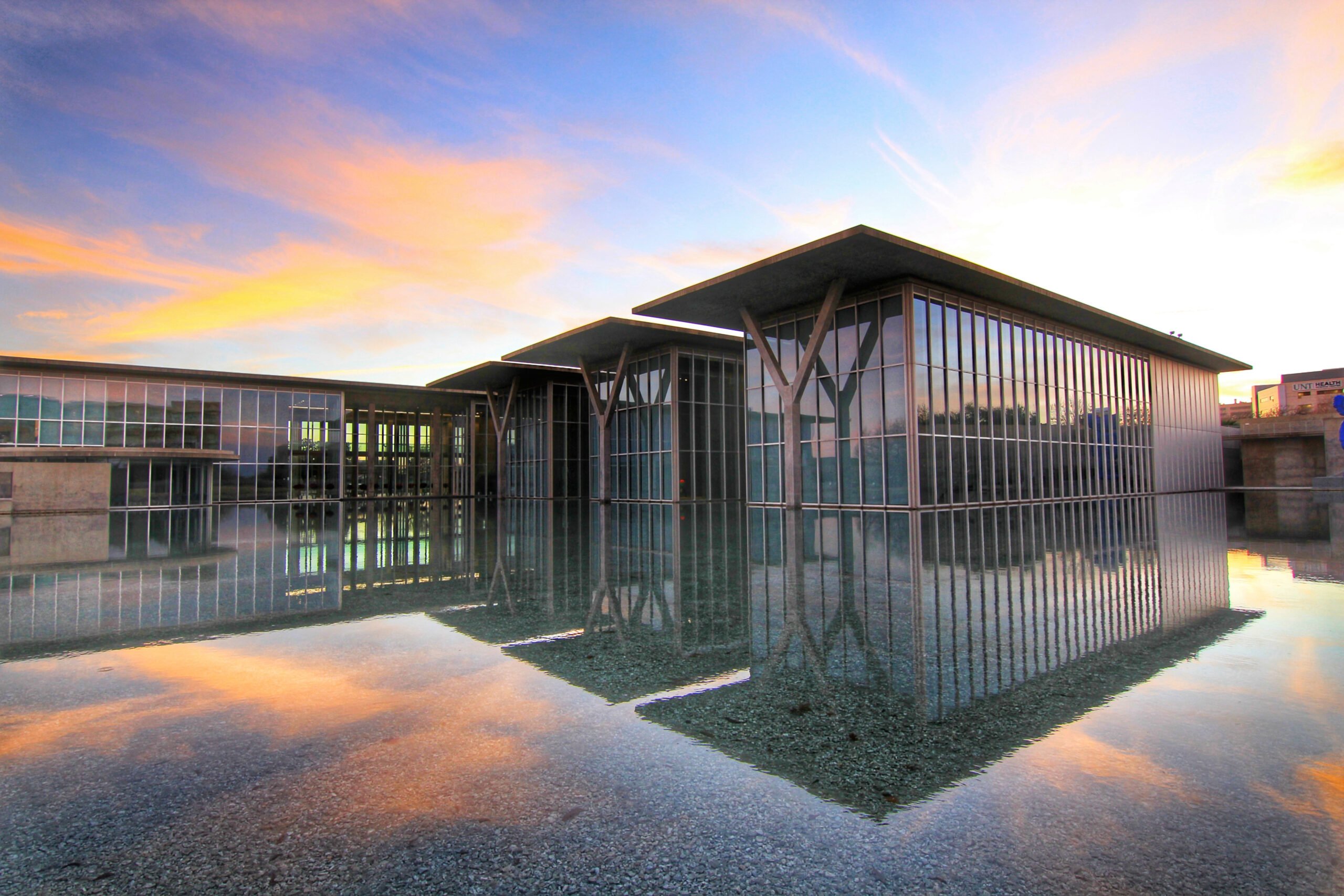ustxtxb_obs_2005_11_18_50_00018-00000_000.pdf
Page 26
Guatemala, continued from page 9 military to power, and to the Reagan administration’s covert backing of the Guatemalan military at a time when bloodshed against Guatemalan civilians was peaking. It was also during this Cold Warera carnage that the army’s la cofradfa came into its own. “The mere mention of the word `cofradfa’ inside the institution conjures up the idea of the ‘intelligence club,’ the term `cofradfa’ being the name given to the powerful organizations of villagechurch elders that exist today in the Indian highlands of Guatemala,” reads a once-classified 1991 U.S. Defense Intelligence Agency cable. “Many of the `best and the brightest’ of the officers of the Guatemalan Army were brought into intelligence work and into tactical operations planning,” it continues. Like all documents not otherwise attributed in this report, the cable was obtained by the non-profit National Security Archives in Washington, D.C. According to the 1991 cable, “wellknown members of this unofficial cofradfa include” then army colonels “Manuel Antonio Callejas y Callejas” and “Ortega Menaldo.” \(Each officer had briefly trained at the U.S. School of the Americas, in 1970 and 1976, The intelligence report goes on: “Under directors of intelligence such as then-Col. Manuel Antonio Callejas y Callejas back in the early 1980s, the intelligence directorate made dramatic gains in its capabilities, so much so that today it must be given the credit for engineering the military decline of the guerrillas from 1982 to the present. But while doing so, the intelligence directorate became an elite ‘club’ within the officer corps.” Other Guatemalan officers called their approach at the time the practice of “draining the sea to kill the fish,” or of attacking civilians suspected of supporting leftist guerrillas instead of the armed combatants themselves. One former Guatemalan Army sergeant, who served in the bloodied province of Quiche, later told this author he learned another expression: “Making the inno cent pay for the sins of the guilty.” CIA reports are even more candid. “The commanding officers of the units involved have been instructed to destroy all towns and villages which are cooperating with the guerrilla [s] and eliminate all sources of resistance,” reads one 1992 Guatemala City CIA Station report formerly classified “SECRET.” The CIA report goes on, “When an Army patrol meets resistance and takes fire from a town or village it is assumed that the entire town is hostile and it is subsequently destroyed.” Forensic teams have since exhumed many mass graves. Some unearthed women and infants. More than 200,000 people were killed in Guatemala in what stands as Central America’s bloodiest conflict during the Cold War. The violence left the military firmly in control of Guatemala, and it did not take long for this stability to catch the attention of Colombian drug syndicates. First the Medellin and then the Cali cartels, according to Andean drug experts, began searching for new smuggling routes to the United States after their more traditional routes closed down by the mid-1980s due to greater U.S. radar surveillance over the Caribbean, especially the Bahamas. “They chose Guatemala because it is near Mexico, which is an obvious entrance point to the U.S., and because the Mexicans have a long-established mafia,” explained one Andean law enforcement expert. “It is also a better transit and storage country than El Salvador because it offers more stability and was easier to control.” DEA special agents began detecting Guatemalan military officers running drugs as early as 1986, according to DEA documents obtained through the U.S. Freedom of Information Act. That’s when Ortega Menaldo took over from Callejas y Callejas as Guatemala’s military intelligence chief. Over the next nine years, according to the same U.S. documents, DEA special agents detected no less than 31 active duty officers running drugs. “All roads lead to Ortega,” a U.S. drug enforcement expert said recently. “Even current active-duty officers may have other ties with retired officers. They have a mentor relationship.” U.S. intelligence reports reveal the strong ties that cofradfa high-level officers cultivated with many subordinates, who are dubbed “the operators.” “This vertical column of intelligence officers, from captains to generals, represents the strongest internal network of loyalties within the institution,” reads the 1991 U.S. DIA cable. “Other capable officers were being handpicked at all levels to serve in key operations and troop command,” this U.S. report goes on. “Although not as tight knit as the cofradfa, the ‘operators’ all the same developed their own vertical leadersubordinate network of recognition, relationships and loyalties, and are today considered a separate and distinct vertical column of officer loyalties.” Cofradfa officers extended their reach even further, according to another U.S. intelligence cable, as the mid-level officer “operators” whom they chose in turn handpicked local civilians to serve as “military commissioners [to be] the ‘eyes and ears’ of the military” at the grassroots. Few criminal cases better demonstrate the integration between the Guatemalan intelligence commands and drug trafficking than one pursued in 1990 by DEA special agents in the hot, sticky plains of eastern Guatemala, near the nation’s Caribbean coast. This 15-year-old case is also the last time that any Guatemalans wanted on drug charges were extradited to the United States. Arnoldo Vargas Estrada, a.k.a. “Archie,” was a long-time local “military commissioner,” and the elected mayor of the large town of Zacapa. U.S. embassy officials informed \(as is still required according to diplomatic Guatemalan military intelligence, then led by Ortega Menaldo, that DEA special agents had the town mayor under surveillance. Vargas and two other civilian suspects were then arrested in Guatemala with the help of the DEA. Not long after, all three men were extradited to 18 THE TEXAS OBSERVER NOVEMBER 18, 2005


